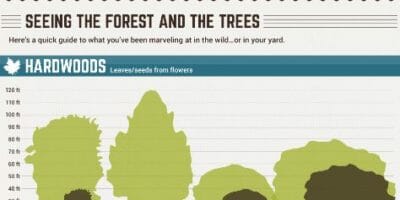Signals That It's Time To Remove A Tree: Identifying Unsafe Trees
Signals That It's Time To Remove A Tree: Identifying Unsafe Trees
Blog Article
Web Content Writer-McDonald Hubbard
When it pertains to tree treatment, identifying the indications that it's time for removal is crucial for your safety and home. You could notice discolored fallen leaves, wilting branches, or weird fungal developments indicating health problems. Structural problems, like a significant lean or cracks in the trunk, can additionally pose dangers. Understanding these warning signs can aid you make educated choices concerning your trees and stop prospective hazards hiding in your lawn. What should you seek next?
Indications of Decay and Illness
When you observe indicators of decay and disease in your trees, it's important to act rapidly. Try to find stained fallen leaves, wilting branches, or uncommon developments like fungus. These can show that your tree is struggling.
If you see fractures in the bark or soft, mushy timber, these symptoms recommend inner decay. Furthermore, an unexpected increase in insects around your tree can signify that it's damaged and vulnerable.
Look for https://treegrowingfromstump17284.blogginaway.com/35939380/comprehending-tree-debris-elimination-benefits-and-ideal-practices-for-homeowners or passing away arm or legs, as they position a threat to your residential or commercial property and safety and security. If you're uncertain regarding what you see, getting in touch with an arborist can provide clearness.
Resolving these signs early can conserve you from extra extensive damage and guarantee the wellness of your yard. Don't wait up until it's far too late.
Structural Instability and Leaning
As you observe your trees, watch out for any type of indications of architectural instability or leaning. If a tree leans considerably, it might indicate that the origin system is compromised.
Try to find any kind of fractures in the trunk or dirt around the base; these can signify prospective failing. Additionally, check for unusual development patterns, like an unbalanced crown, which might suggest that the tree is having a hard time to hold itself upright.
If you notice that the tree leans toward your home, power lines, or other structures, it poses a greater risk. https://www.travelandleisure.com/trip-ideas/national-parks/joshua-tree-camping-tips ignore these signs-- consult an arborist to examine the circumstance.
Acting early can prevent pricey damage and guarantee your security.
Dead or Perishing Branches and Vegetation
If you observe dead or dying branches and foliage on your tree, it's a clear sign that something's incorrect.
These undesirable areas can show underlying problems like condition, parasite invasions, or environmental anxiety. When branches shed their leaves or transform brown, they're no longer contributing to the tree's wellness. Neglecting these indicators can result in more decline, making your tree more unsafe.
Dead branches can easily break short throughout tornados, posturing a danger to residential property and people nearby. It's important to examine the degree of the damage.
If the problem influences a substantial part of the tree, take into consideration getting in touch with an expert. They can assist identify if elimination is essential to guarantee security and keep the elegance of your landscape.
Verdict
If you see any indicators of degeneration, structural instability, or dead branches on your trees, don't ignore them. These indications can position severe security threats to you and your residential property. It's always best to get in touch with a professional arborist who can provide a specialist evaluation of your trees. Doing something about it early can protect against mishaps and expensive damages, guaranteeing your landscape stays risk-free and healthy and balanced. Bear in mind, it's much better to be aggressive regarding tree care than to wait for a disaster to take place.
